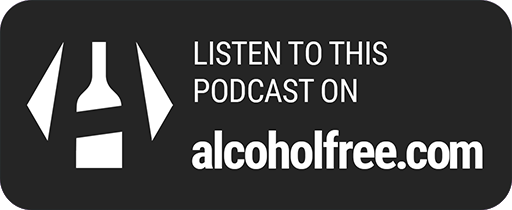Casey Grover, MD, FACEP

Casey Grover, MD, FACEP, FASAM
Stigma Kills Patients. How We Can Fight Back.
Stigma Kills Patients. How We Can Fight Back.
Stigma Kills Patients. How We Can Fight Back.
Monday 20th January 2025
Dr. Casey Grover explores how stigma affects patients with addiction and offers strategies for healthcare providers to create a supportive environment.
22 minutes
Informative
Compassionate
Educational
Supportive
Eye-opening
About this podcast
Author:
Casey Grover, MD, FACEP
Overview:
Categories:
Innovative Treatments & Recovery Paths
Navigating Alcohol Dependency
Family Recovery from Addiction
Navigating Intimate Relationships
Nutritional Pathways to Recovery
Links:
Visit site
Episodes:
153 (View all)

Do you want to link to this podcast?
Get the buttons here!Breaking Down Stigma in Addiction Treatment
Episode Overview
- Understanding and addressing different types of stigma.
- Using person-first language to reduce judgment.
- Educating healthcare providers about the impact of stigma.
- Personal stories highlighting the real-life consequences of stigma.
- Practical steps to create a more supportive environment for patients.
If you want to care for something, call it a flower. If you want to kill something, call it a weed.
In this eye-opening episode of Addiction Medicine Made Easy, Dr. Casey Grover tackles the pervasive issue of stigma against patients struggling with addiction. With years of experience in the emergency department and as the medical director for a residential drug and alcohol treatment program, Dr. Grover shares his deep understanding of how stigma manifests and its devastating impact on patient care.
He breaks down the different types of stigma - enacted, perceived, and self-stigma - and illustrates their harmful effects through compelling anecdotes and studies. Dr. Grover doesn't just highlight the problem; he offers actionable strategies to combat stigma within healthcare settings. From using person-first language to avoiding judgmental terms, he provides practical advice for healthcare providers to create a more supportive environment for patients.
The episode also delves into the emotional story of Mike, a patient who tragically lost his life due to the fear of being judged by healthcare professionals. Listeners will gain a deeper understanding of how stigma not only affects patients' mental health but also their physical well-being and mortality. Dr. Grover emphasises the importance of education and personal connection in breaking down these barriers, encouraging healthcare providers to reflect on their own practices and make positive changes.
By the end of this episode, you'll be equipped with the knowledge and tools to help reduce stigma in your own community, making a significant difference in the lives of those struggling with addiction. Tune in to learn how small changes in language and attitude can save lives.
